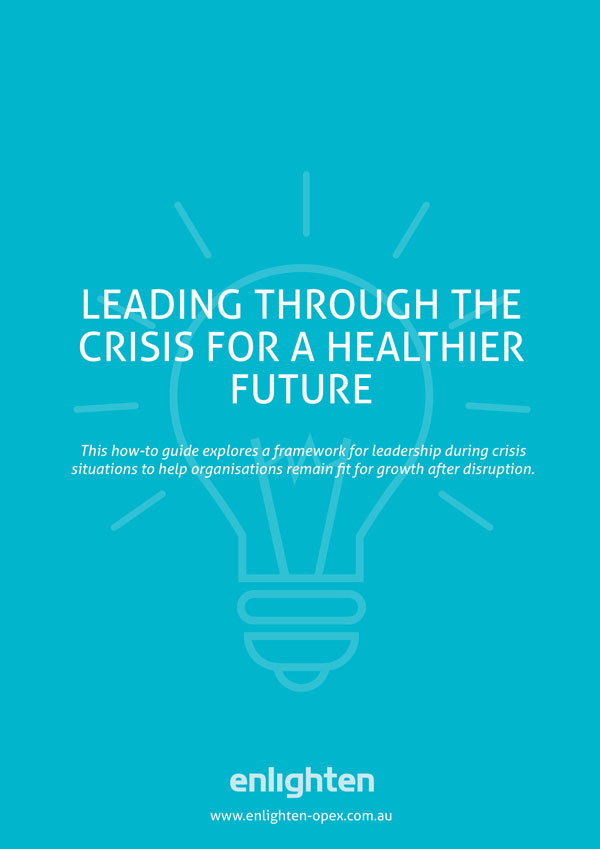Operational excellence – 2019 has been one of the most tumultuous years in Australia’s banking and finance industry. During this time, findings of the Royal Commission have dominated headlines and brought into question the sector’s “pursuit of short-term profit at the expense of basic standards of honesty.” Companies were strongly criticised for being non-compliant and unable to provide data and documentation as required.
Recent research found organisations are now committing more resources to focus purely on risk compliance management, as well as executive-level ownership and commitment to meeting organisational compliance and regulatory requirements in order to achieve operational excellence.
As organisations grapple with legacy systems and implementing new regulatory requirements, leaders should focus on emerging technology and solutions that will allow them to address changing expectation surrounding compliance.
At Enlighten, our years of experience helping businesses drive transformation and cost savings have equipped us with the know-how to help organisations meet regulatory requirements, improve work practices and achieve high staff engagement.
Three steps for leaders looking to improve operational excellence and meet compliance obligations:
1. Understand compliance and risk requirements facing your organisation
While it sounds obvious, one of the drivers and deficiencies to obstruct operational excellence in many organisations is a lack of governance framework in place to provide the right level of assurance that the way they’re doing business is right.
For example, many businesses don’t have the right checks and balances in place to reassure either themselves or their Board. Therefore, the Board is “blindly trusting” management.
Our advice is: don’t blindly trust anything! Every organisation absolutely needs proper reporting and governance frameworks in place, as well as independent checks and balances, to ensure business is being conducted the way it is meant to be.
2. Invest in effective technology
Compliance management can be handled easily and without stress by investing in the right technology.
For example, automated controls can help monitor regulatory releases, allowing users to carry out, record and keep track of compliance activities – all in one single place for easy access and review.
The right technology will be able to pinpoint when companies are on track, while providing continuous feedback to help them stay that way.
Using the variety of solutions available, leaders can develop a culture of awareness and continuous improvement, and this feedback cycle enables employees to be monitored and rewarded for adhering to policy that will lead the company to achieve operational excellence.
3. Continuous improvement and monitoring
Compliance performance must be based on a full system of metrics covering all areas of work. Having clear, consistent measurements will mean employees see the value of metrics as the basis of improvement, as they learn to embrace the power of data.
As the Banking and Finance Royal Commission clearly pointed out, there must be a shift from short-term performance indicators to a longer-term strategic view.
Final Thoughts
Given the scathing reports and reputational damage suffered as a result of the Royal Commission, compliance and risk will remain high on the corporate agenda for the foreseeable future. Enlighten believe the solution lies in an organisation’s ability to identify risks and implement an end-to-end holistic solution that allows leaders to address non-compliance immediately, while empowering employees with the tools to perform their jobs to the best of their ability.


